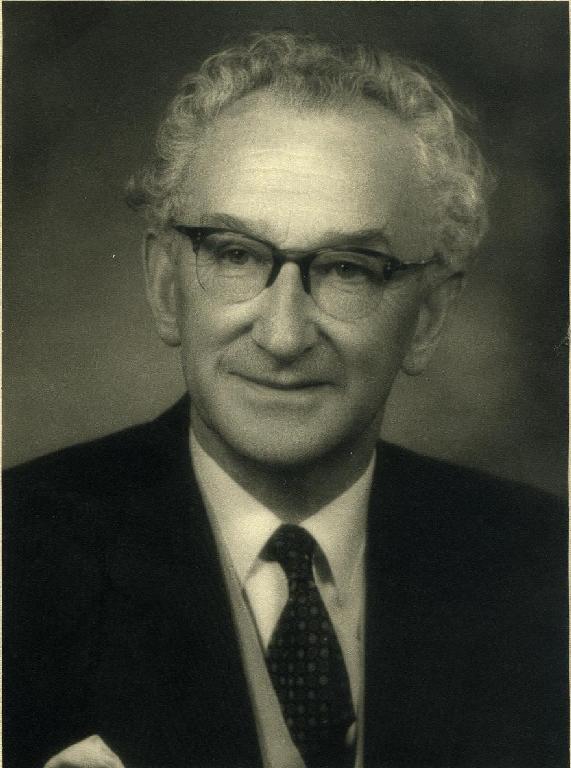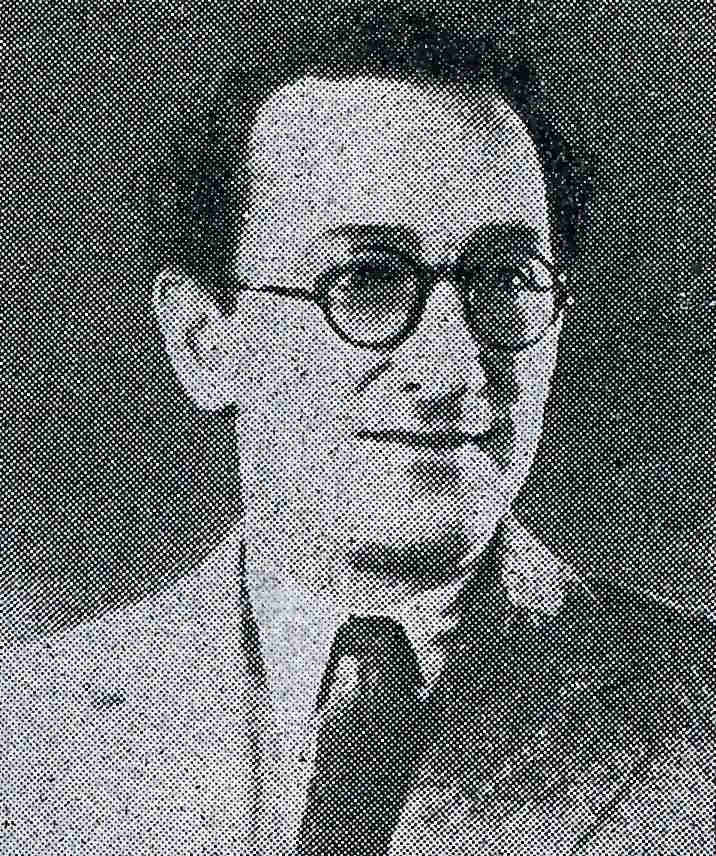Obituary of David Stark Murray from Socialism and Health September 1977

NHS Pioneer
There will be few members of the SMA who did not know or meet David Murray at one time or another, and it is hard to realise that the seemingly perenially youthful and ever active David was, after all, mortal.
Following some months of illness, the nature of which he was well aware, he died on 16 September at the Royal Marsden Hospital, having had his 77th birthday last July, and having celebrated his 50th wedding anniversary with Jean earlier this year.
The history of the SMA from the moment of its formation and all its subsequent story is continuously and closely associated with David. It is not surprising that David became a Socialist early in life, since his father, Robert Murray, whom he greatly admired was also a Socialist propagandist. Robert devoted his life to raising the standards of the poorest classes in the community. He was also a journalist, editor, poet, and from 1922-24 the Labour and Cooperative Member of Parliament for West Renfrewshire. It was from his father that David inherited his very considerable fluency with the pen. and the spoken word.
His Career
David was born at Barrhead, Scotland, and qualified in 1925 from Glasgow University. He decided at the outset that pathology was to be his chosen field and first came to London in 1927 as pathologist to the Lambeth Hospital under the old Board of Guardians. Then followed appointments as Consulting Pathologist to the Royal Hospital Richmond and other hospitals in the area, Group Pathologist in the Emergency Medical Service (1939) at Kingston, Surrey and finally in 1948, under the NHS, Group Pathologist, Kingston Hospital until his retirement in 1965. David’s great accomplishment at the hospital was not only to establish and develop the laboratory service, but also to set up the Central Sterile Supply Department, distributing sterile syringes, equipment and other sterile material to the hospitals in the Group, family practitioners and units outside the hospital service. David had to play his part in the administration of the NHS, and he served for varying periods as a member of the S.W. Met. Regional Hospital Board, as Chairman of the Regions Blood Transfusion Service, as a member of the Kingston Group HMC and on many other NHS committees.
Soon after coming to London, David became associated with Somerville Hastings, Charles Brook and others in the State Medical Service Association, formed in 1912, whose programme included the organisation of the medical profession as a state service, each member to be paid by salary, the nationalisation of all hospitals and the service to be available to every man, woman and child.
In September 1930, at a meeting organised by these three doctors and presided over by Esther Rickards, a new body of socialist doctors was formed, which became entitled the Socialist Medical Association, affiliated to and exercising its influence through the Labour Party. The fascinating history of this period, and the subsequent story of the SMA are set out in David’s book, ‘Why a National Heath Service?‘
After a long period as President of the SMA, Somerville Hastings resigned in 1951, and David succeeded him until 1970. He was also Editor for many years, of the Socialist Doctor, Medicine Today and Tomorrow, and Socialism and Health. He wrote innumerable articles on the health service under his own name and under pseudonyms, specially that of Irwin Brown.
It is impossible in this space to adequately tell of his tremendously dedicated and tireless accomplishments devoted to raising the health standards of the people of this country. He wrote over twenty books, updating his health service views with the recent, ‘Blueprint for Health’ and countless reports, including his personal and very recent ‘Evidence to the Royal Commission on the NHS’.
In the SMA we shall all miss David’s incisive comments and work, continued to the last. But most of all we shall miss David the man.
Our deepest sympathy goes to Jean and to Morag, his daughter.
Victor Freeman
Yesterday and Today: David Stark Murray tribute 1972
The Right to Be Healthy – radio broadcast by Dr Murray, probably in 1971, as part of a campaign for a national health insurance in USA. Unfortunately marred by some terrible background music, and the file is 34 MB.
Biography from Penguin edition of The Future of Medicine
D. Stark Murray Editor of Medicine Today and Tomorrow, was born in 1900. His father was well known in the West of Scotland as: a journalist, poet, and later, an M.P. The urge to write was evidently passed on to his son, who first tried his hand at editing a university magazine in the rectorial election at Glasgow University just after the last war. He graduated both in Science and Medicine because he hoped to do laboratory work and wanted a wider training in scientific methods than is given by the medical curriculum His studies there mixed with a variety of political and social activities and he began writing on medical matters for the lay public very early. After five years in research positions he moved to London and is now a full-time Clinical Pathologist in the Emergency Medical Service. He believes Clinical Pathology to be one of the most important branches of medicine. The author is a regular contributor to newspapers and has written a number of books, among which are The Laboratory: its Place in the Modern World, Your Body: how it is Made and how it Works, and Science Fights Death. He is war-time President of the Surrey Branch of the British Medical Association, and is a member of the Medical Planning Commission and of other committees dealing with medical problems.
Books by Stark Murray
Medical Care: Who gets the best service? 1971
Why a National Heath Service?‘
The Anatomy of Man and Other Animals with Grace M Jeffree 1951
Health for All 1942
The Laboratory: its Place in the Modern World
Science Fights Death
Your Body: How it is Built and How it Works 1936

